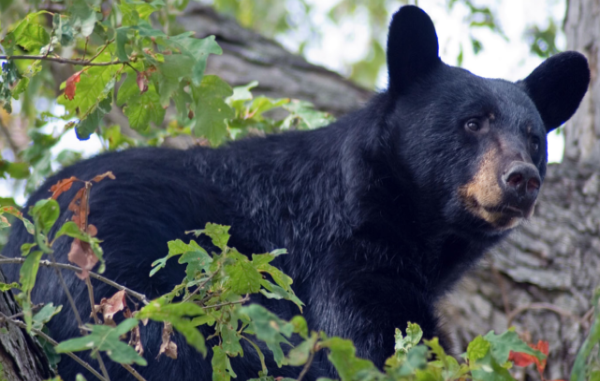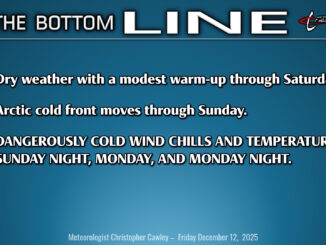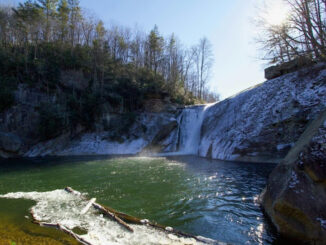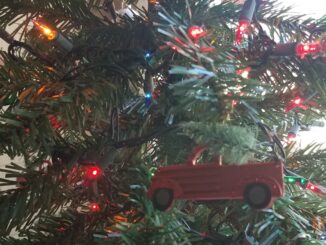
Slumber time for black bears is quickly approaching, and in some cases, already happening. Now is the time to start bear proofing residential and commercial properties to discourage winter denning.
Black bears in North Carolina can start denning as early as October or as late as February, with some bears not denning at all. In Southeastern North Carolina, bears do not hibernate like they do in colder climates, but instead take the equivalent of long naps – sometimes for days – before waking up and searching for food. Most bears in the southeast do not turn in until mid-January, except for denning mothers.
There are several factors that contribute to when bears start denning. The main factor being food availability, which can be both natural foods and human-provided foods.
“Female black bears having cubs will always den, as the den serves as a safe place to give birth. We are seeing other bears den later in the winter season or not all, due to the year-round availability of human-provided foods, such as bird feeders and purposeful feeding by people,” said Black Bear Biologist Jenna Malzahn.
Black bears have been known to den in surprising places: under decks and storage sheds, crawl spaces, vacant homes, and the brush or debris pile in the yard. The N.C. Wildlife Resources Commission (NCWRC) advises the public to follow proven BearWise® methods to discourage bears from choosing a location to den for the winter around your home or commercial property. They include:
- Close and lock pet doors, sheds, root cellars and outbuildings.
- Check under porches and decks for areas and openings where bears might curl up. Barricade openings as best as you can, such as by installing plywood or fencing.
- Don’t leave garbage, bird seed or feeders, or food meant for deer or squirrels where bears can access it.
- Have a vacant home or cabin? Make sure to lock all ground level windows and doors and remove all foods and odors that could attract bears.
“Any building or structure, occupied or not, can be a source of shelter for bears,” said Ashley Hobbs, who is the state’s BearWise® Coordinator. “Keep in mind, bears can squeeze into some pretty tiny spaces because they don’t have collarbones. All they need is an opening big enough for their heads to fit. For example, we routinely receive reports of large, adult bears accessing crawlspaces through standard 8×16” foundation vents. On occasion, bears entering crawlspaces have damaged siding, duct work, and electrical wiring.”

NCWRC staff have experienced an increase in bears denning under houses and decks because of increasing development, as well as increases in human and bear populations. If a bear den is discovered in a populated area, people can co-exist through the denning season, which runs from October through April.
“Homeowners can safely coexist with denning bears until they leave in the spring,” said Malzahn. “Bears are only interested in getting their winter rest or, if it’s a female, caring for her cubs. Denning bears are not interested in engaging with people. Disturbances by people or pets, however, may cause a female to abandon her cubs. So that needs to be considered before making the decision to address a denning bear.”
If a resident discovers a den, NCWRC advises to call the N.C. Wildlife Helpline at 866-318-2401, or contact their local district wildlife biologist for further guidance.
In spring, once bears have left their den and become more active, home and business owners should evaluate their property, as bears search for potential den sites from spring through fall.
BearWise.org offers instructions for removing or securing potential den sites on your property.























